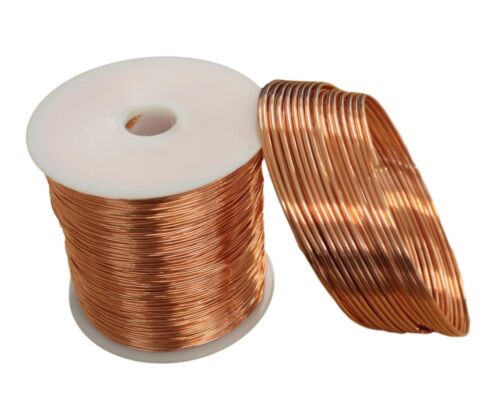Class H Motor Rewinding with Copper Wire
2023-09-18
In the world of electrical engineering and industrial machinery, the importance of motors cannot be overstated. Motors power everything from household appliances to massive industrial machines. However, over time, these essential components may experience wear and tear, leading to decreased efficiency or even failure. This is where motor rewinding comes into play, and the choice of materials, particularly copper wire, is crucial. In this blog post, we'll delve into the significance of using Class H copper wire for motor rewinding, and why it's considered a superior choice.

Understanding Motor Rewinding
Motor rewinding is the process of replacing the electrical windings or coils within a motor. These coils are responsible for creating the magnetic field that drives the motor's rotor, ultimately producing mechanical motion. Over time, due to factors like heat, moisture, and electrical stress, the insulation on the copper wire may degrade, leading to inefficiencies or even motor failure.
The Importance of Copper Wire
Copper has long been the preferred material for motor windings due to its excellent electrical conductivity and thermal conductivity properties. It's also highly malleable, making it easy to work with during the winding process.
Class H Insulation: A Game-Changer
While the choice of copper is paramount, the insulation class is equally crucial. Class H refers to a specific level of insulation that a wire possesses. It signifies that the wire can withstand higher temperatures compared to lower class insulations. In the case of Class H, it's capable of withstanding temperatures up to 180°C (356°F). This makes it ideal for high-performance motors that may generate substantial heat during operation.
Benefits of Class H Copper Wire
1. Enhanced Heat Resistance
One of the primary advantages of using Class H copper wire is its ability to withstand high temperatures. This is critical in applications where motors operate in demanding environments, such as industrial settings or within heavy machinery.
2. Increased Efficiency
By using Class H copper wire, you're ensuring that the motor can operate at higher temperatures without compromising performance. This leads to improved overall efficiency, as the motor can handle more demanding tasks without overheating.
3. Extended Lifespan
The enhanced thermal stability of Class H wire means that it's less likely to experience insulation breakdown due to heat stress. This, in turn, can lead to a longer lifespan for the motor, reducing the need for frequent replacements and maintenance.
4. Greater Versatility
Motors wound with Class H copper wire can be used in a wider range of applications, including those that require higher operating temperatures. This versatility makes them a valuable asset across various industries.
Conclusion
When it comes to motor rewinding, the choice of materials can make a significant difference in the performance and longevity of the motor. Opting for Class H copper wire provides a level of insulation that can withstand high temperatures, ultimately leading to enhanced efficiency and a longer lifespan for the motor. This makes it a smart investment for any application where reliability and performance are paramount. So, whether you're dealing with household appliances or heavy industrial machinery, considering Class H copper wire for motor rewinding is a choice that pays off in the long run.
